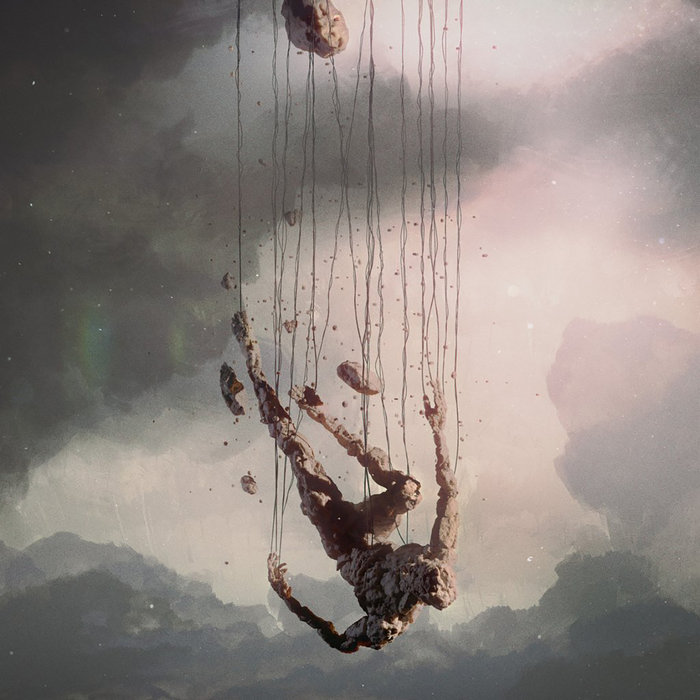
Wurlitzer – Leifur James
this blog is GROOVY – check out great Soul, Funk, Jazz, Hip Hop, Bass, Breaks , Reggae, House n many more TUNES
Experimental music, man, it’s like a wild trip through the sonic universe! Born out of curiosity and a desire to push boundaries, this genre isn’t just about sweet melodies; it’s about breaking the rules and shaking up the status quo. So let’s dive into this groovy journey!
The seeds of experimental music were sown back in the early 20th century when artists started saying, “Hey, what if we ditch all that boring stuff?” Composers like John Cage shook things up with his famous piece “4’33”,” which was just four minutes and thirty-three seconds of silence. Yup, you heard that right—silence! It wasn’t just an empty space; it challenged listeners to engage with their own sounds around them. Talk about mind-bending!
Dadaism played a massive role in setting the stage for experimental jams. This art movement loved chaos and absurdity—kinda like your friend who shows up at parties wearing socks with sandals. They embraced randomness as a form of expression—cue musicians letting loose with unexpected sounds.
As time marched on into the mid-20th century, brave souls kept redefining music’s playbook:
The Electronic Revolution
We couldn’t talk about experimental without mentioning those funky machines! With synthesizers beginning to crop up in studios during the ’60s (thanks to folks like Robert Moog), musicians could twist knobs and make sounds no one had ever heard before—like something from outer space!
Noise Rock & Beyond
Enter bands like Sonic Youth and The Velvet Underground—the good ol’ noise rock brigade! Their approach wasn’t simply a change in tempo or rhythm; they tore apart conventional forms using dissonance and unconventional song structures—a real jolt for those used to catchy hooks.
Free Jazz? Yes Please!
Musicians like Ornette Coleman threw traditional jazz away faster than leftovers on date night! His style often featured collective improvisation where everyone played what felt right at that moment—a delightful mess leading some to wonder if he’d lost his sheet music… Spoiler alert: He didn’t need any!
Now let’s vibe over some funny anecdotes from these musical wizards:
Cage’s Weirdness: John Cage once tried to get everyday objects involved in his compositions including… wait for it… watermelons? His piece Water Walk required him (and eventually an audience) to toss around items while making odd noises – imagine trying not to burst out laughing while “playing” fruit!
Zappa’s Zany Plans: Frank Zappa had more ideas than most have socks—it gets better though: he once suggested releasing an album called Lumpy Gravy, which included recordings of him arguing with various members of his band while their instruments blared wildly in confusion.
Captain Beefheart’s Nonconformity: Don Van Vliet, aka Captain Beefheart, was notorious for bizarro vocal takes during recording sessions—you think your shower voice is weird? He would sometimes turn off all lights when recording vocals so no one could see him flailing around trying different styles.
A Haunted Guitar?: There are tales surrounding guitarist Derek Bailey claiming he couldn’t find inspiration unless he practiced under full moonlight—which seems totally normal until you realize how many late-night ghost stories probably unfolded amidst those jam sessions!
Fast forward to today—the spirit lives on! Cutting-edge technology meets pure creativity everywhere:
Musicians now mix genres creating everything from glitch hop (a blend between hip-hop fluency and electronic weirdness) to ambient soundscapes that transport audiences straight into alternate realities filled with dreamy waves or eerie atmospheres.
Performers morphing disciplines blend visual arts into live experiences; think projection mapping synced perfectly timed beats crashing upon each other—and bam—you’re witnessing not just music but living pieces evolving before your eyes couched within avant-garde principles dearly loved by early pioneers.
At its core, experimental music encourages us all—even urges us—to embrace our inner weirdos because let’s face it: life is way too short for familiar chords strummed again and again! Whether you’re rocking out solo at home or vibing live under disco balls thumping beat drops unlike anything you’ve heard before – remember it’s okay not fitting snugly inside anyone else’s box—it defines who YOU are instead!
So put on your headphones—or blast those speakers—and keep exploring this insane tapestry created by diverse voices daring enough against monotony show alternative paths waiting ahead… Keep dancing however you feel fit because every whacky note matters—groove on!

Wurlitzer – Leifur James
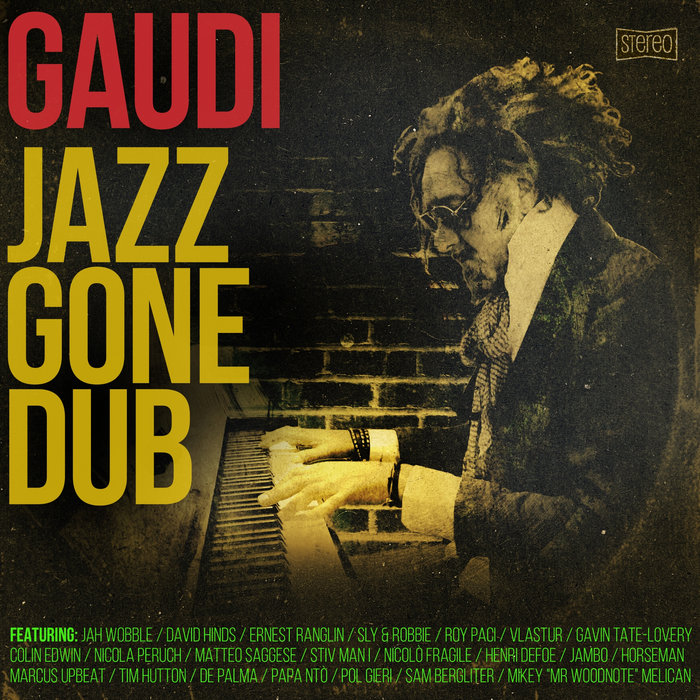
Deflated and Discombobulated – GAUDI
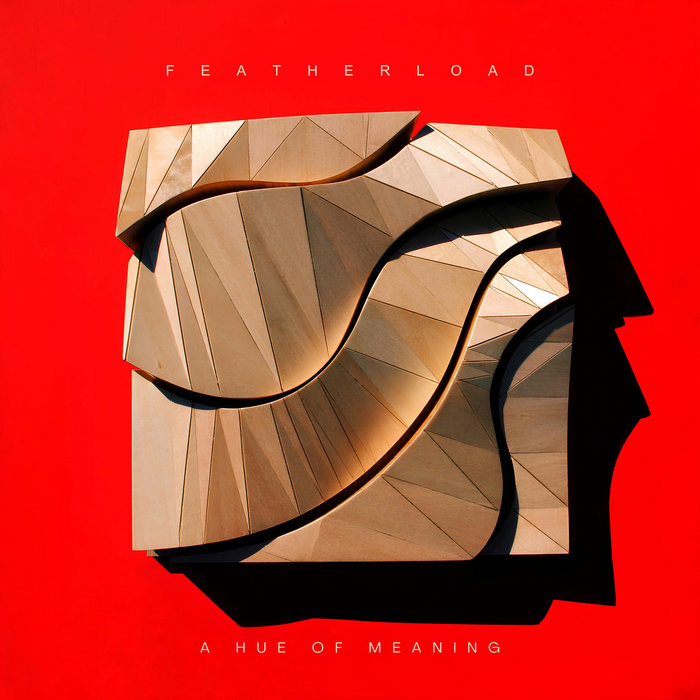
A Breath Imagined Addendum: Verse – featherload

Grief (feat. Maya Al Khaldi) – Mai Mai Mai

Night of Heaven (feat. Counterfeit Madison & Kid Koala) – clipping.

Like You – Menko Konings
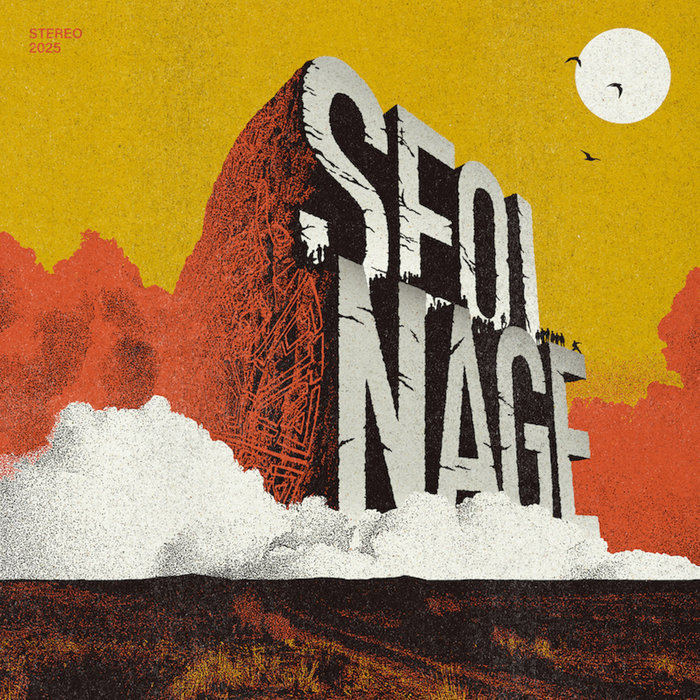
Muneta – Seoi Nage

Nepa Dance Dub – Tony Allen
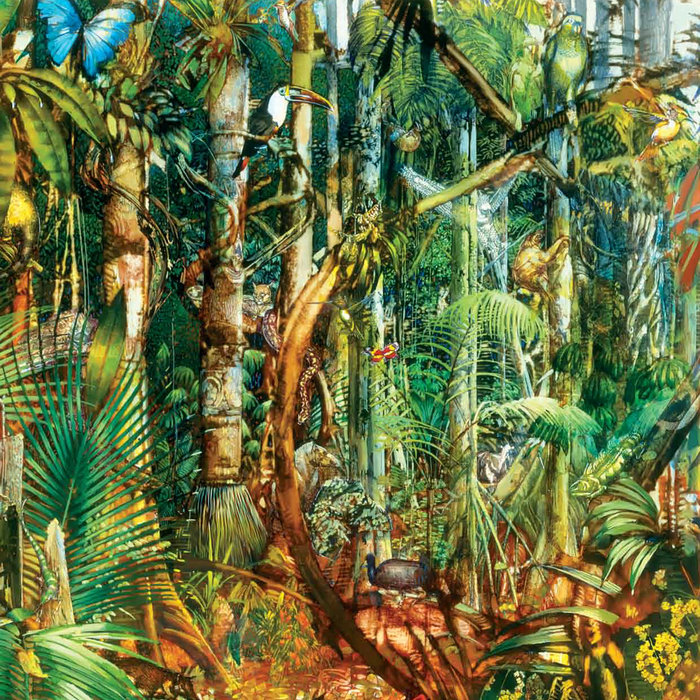
Let Your Body Move (Oba Balu Balu) – Ezy & Isaac
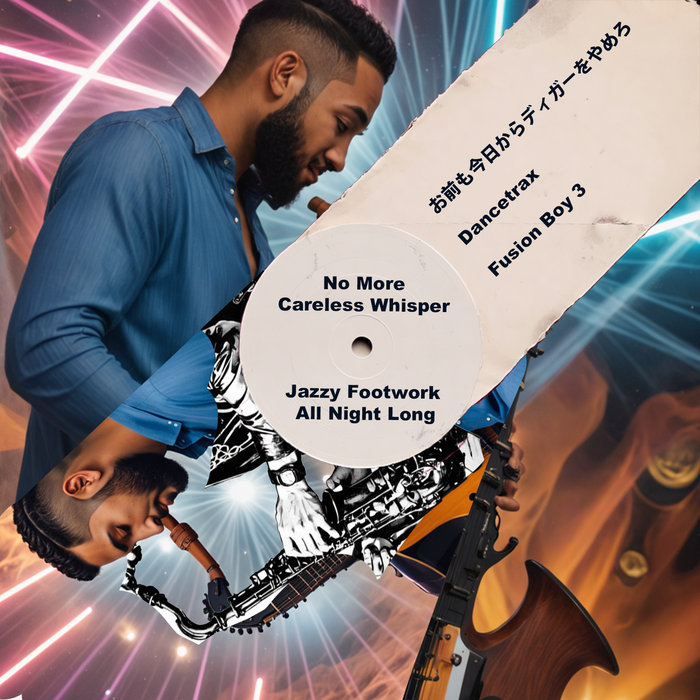
No More Careless Whisper – 機械状無意識